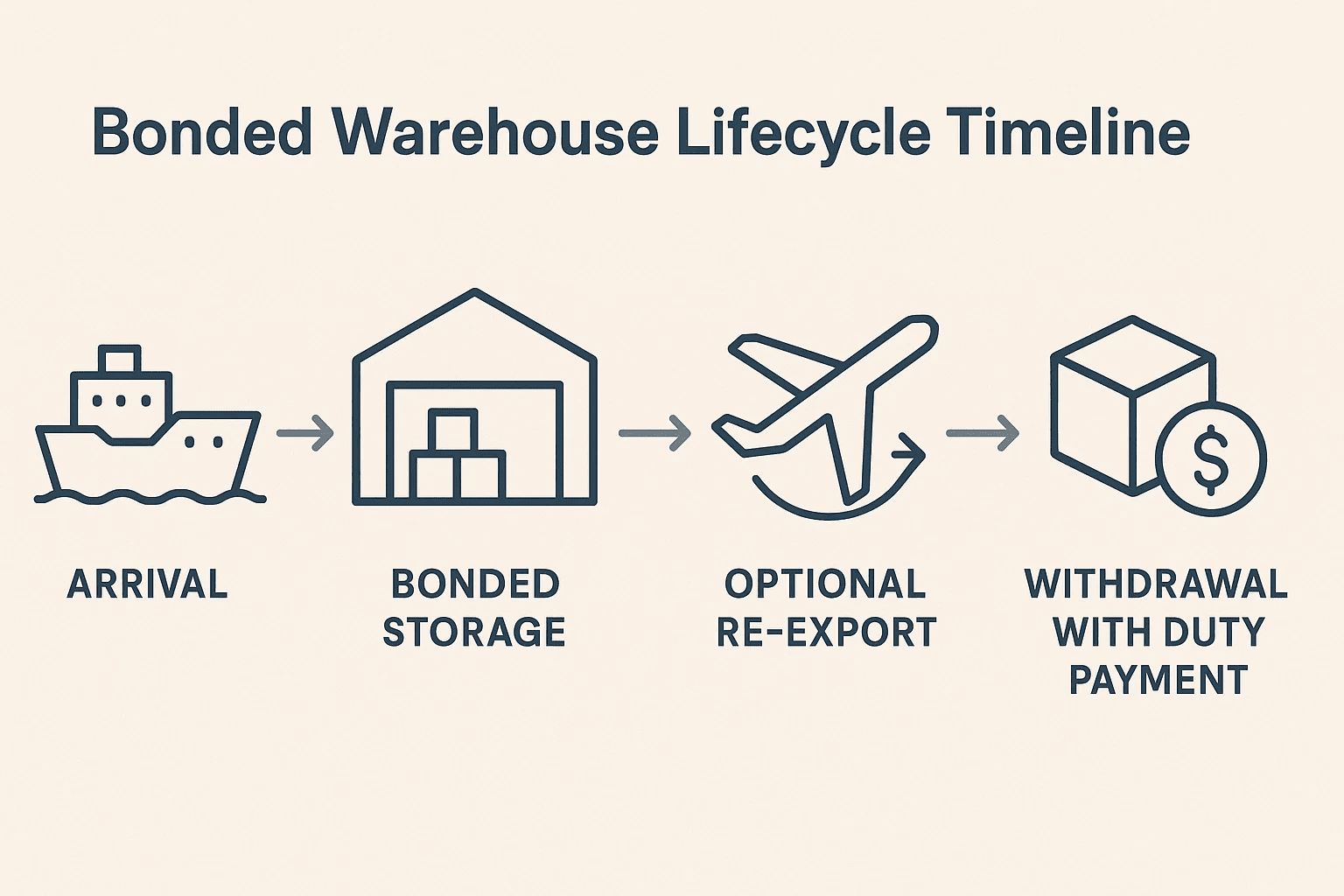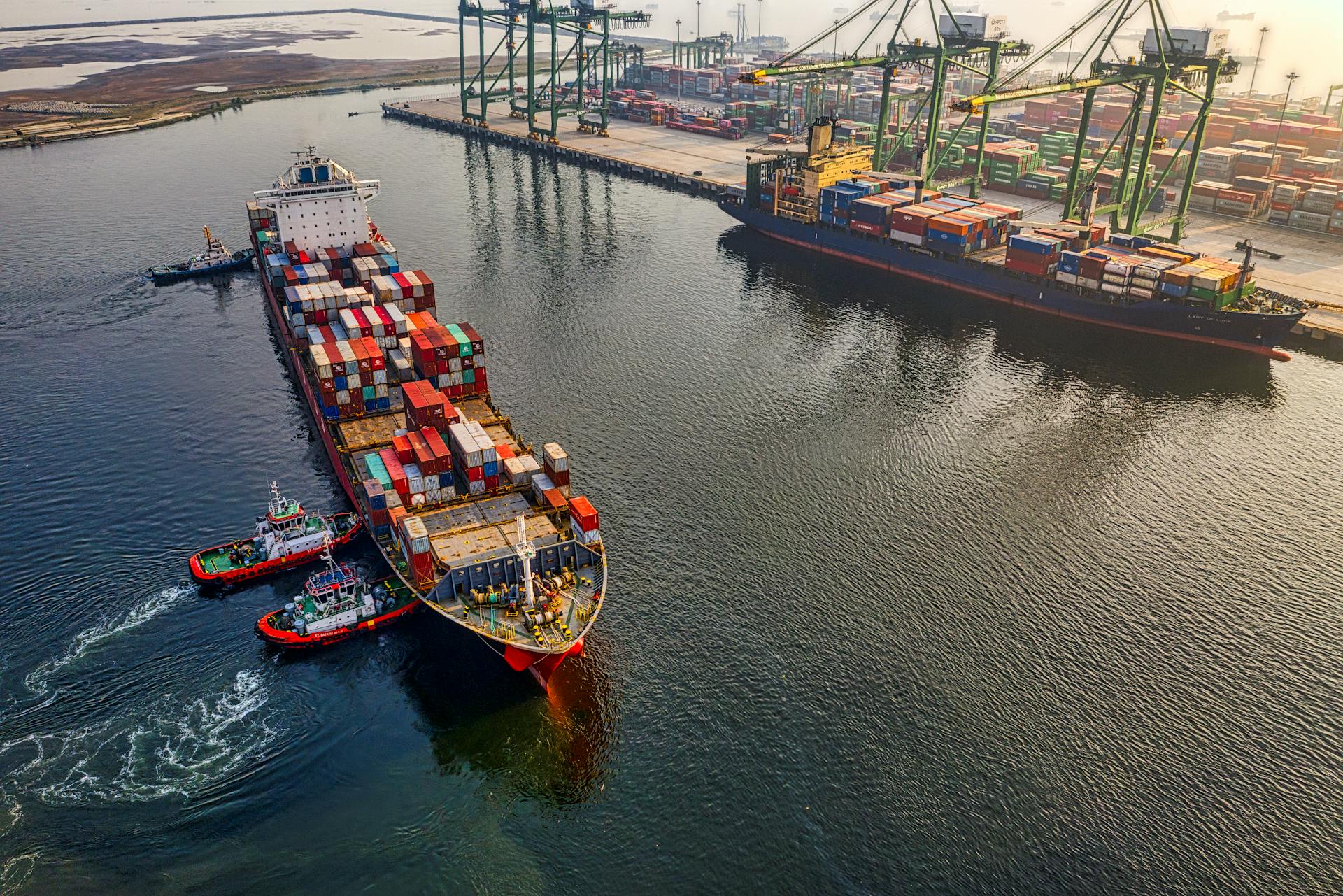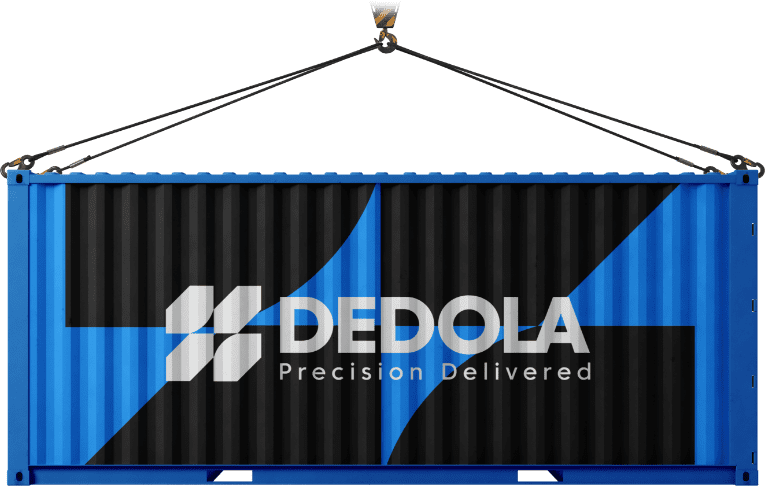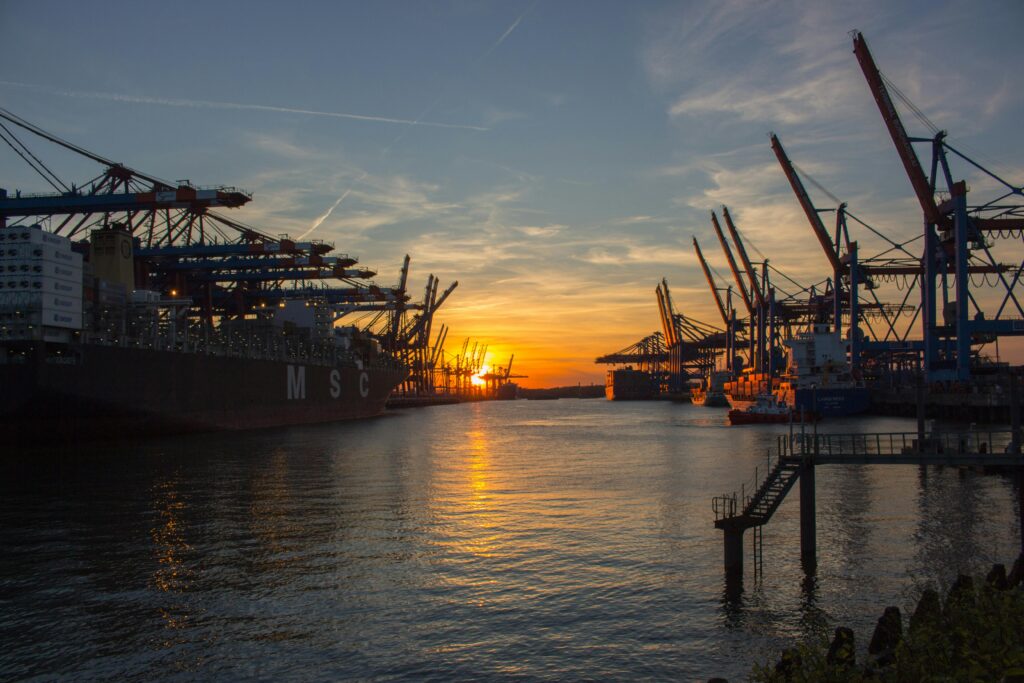FTZ vs Bonded Warehouse vs Bonded CFS Entry: Smart Duty Deferral Strategies for China Imports in 2025
| Strategy | Best For | Timeframe | Cost Level | Setup Required |
|---|---|---|---|---|
| Foreign Trade Zone (FTZ) | High-volume importers with U.S. processing or assembly | Long-term | High | Yes (designation + CBP) |
| Bonded Warehouse | High-value goods, re-exports, slow-moving stock | Mid to Long | Moderate | Yes (CBP bonded facility) |
| Bonded CFS Entry | LCL shipments, short-term delays, transshipment | Short-term | Low to Moderate | No (via third-party CFS) |
Foreign Trade Zone (FTZ)
Benefits:
- Deferred Duties: Customs duties are paid only when goods leave the FTZ and enter U.S. commerce.
- Duty Elimination on Exports: No duties are owed on goods that are re-exported from the zone.
- Weekly Entry Consolidation: Multiple shipments can be filed under a single entry, saving on brokerage fees.
- Inverted Tariff Advantage: Finished products with lower tariff rates than components qualify for the lower rate.
- No Duties on Scrap or Waste: Eliminates unnecessary duty payments on unusable materials.
Limitations:
- Requires formal activation, security protocols, and approval by U.S. Customs and Border Protection.
- Setup costs and compliance infrastructure may be too complex for low-volume operations.
- Prohibited from direct-to-consumer retail operations inside the zone.

Bonded Warehouse Entry
Benefits:
- Long-Term Duty Deferral: Avoid upfront duty payments on inventory that may not sell immediately.
- No Duties on Re-Exports: Goods that are exported from the warehouse never incur U.S. duties.
- Defer Entry Filing: No need to file CBP Form 7501 until goods are withdrawn.
- Ideal for High-Value Inventory: Reduces the financial burden of storing expensive items.
Limitations:
- Withdrawal process requires bonded supervision and additional documentation.
- Not all ports or 3PLs have bonded warehouse facilities available.
- Storage costs can erode savings over long periods.

Bonded CFS Entry (In-Bond 7512)
Benefits:
- Duty Deferral: Delays customs entry and payment until the importer initiates clearance.
- Cost-Efficient for LCL Cargo: Best suited for shared-container shipments or partial loads.
- Low Setup Burden: No need to operate a bonded warehouse—use an authorized third-party CFS.
- Enables Transshipment: Ideal for rerouting or staging goods before final delivery.
Limitations:
- Typically limited to 15 days of storage time.
- Handling fees may be higher due to sorting and devanning.
- Less control over goods compared to FTZ or bonded warehouse options.
- Not suitable for long-term deferral strategies.

Additional Deferral Tools for Dedola Clients
- Port-Side Entry Delay: We can hold shipments at port for up to 15 days before initiating customs entry, offering tactical deferral without committing to warehousing (storage fees apply).
- ACH with Periodic Monthly Statement (PMS): Clients enrolled in PMS with CBP gain up to 45 days of extended duty payment time, improving cash flow and reducing administrative touchpoints.





